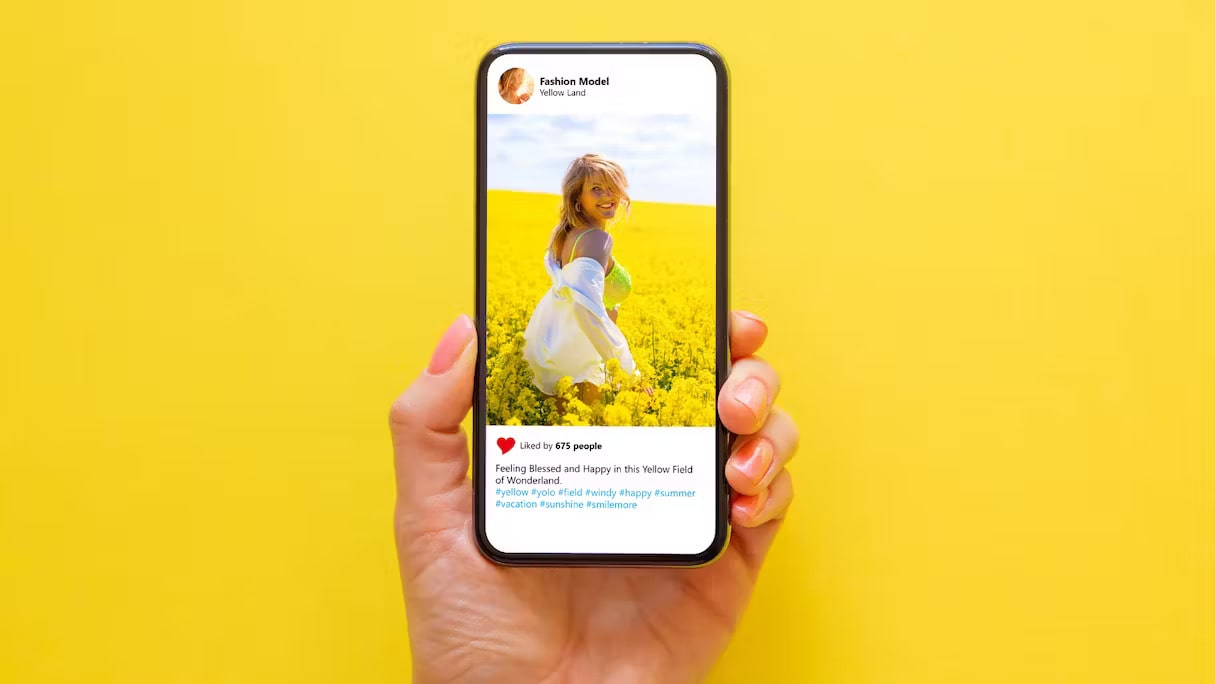(originally published in The Drum)
Since the early days of social media, follower counts have held a kind of cultural currency.
That currency became more literal when popular users became influencers and celebrities in their own right – paid to be brand marketing tastemakers. Follower counts, and our perception of them, have given rise to a $21bn industry (per Influencer Marketing Hub data). But time will tell if they will play the same role in influencer marketing’s next evolution.
That’s because follower counts are an imperfect metric for predicting an influencer’s reach. A widespread fake followers scandal in 2018 revealed this to brands, which learned that the raw number at the top of someone’s profile page did not necessarily indicate the number of real people their content was reaching.
More recently, though, content algorithms on platforms such as TikTok and Instagram have started prioritizing discovery, allowing smaller creators to get better reach. This has made ’followers’ an even less relevant metric. These days, an influencer with millions of followers can get a small fraction of that number in views, while a post from a micro-influencer has a chance to become the next TikTok sensation.
Does this mean that follower counts are dead?
Unlikely, given how fundamental they are to the fabric of social media culture. But that doesn’t mean our reliance on that metric won’t continue to change, substantially impacting influencers and the marketing ecosystem. And as the relationship between brands and creators evolves, the industry must do the uncomfortable work of rethinking how we measure and reward influencer impact.
Reaching an impasse
The current standard for most influencer marketing campaigns involves flat-rate payouts based on the scope of deliverables. Depending on the size of their audience, an influencer can command a higher fee under the assumption that the brand content they create and post will reach those followers. As you can imagine, most influencers with substantial follower counts prefer this – it’s a cleaner model for compensation that doesn’t rely on engagement from fickle and unpredictable audiences. However, in certain instances where content underperforms, brands are still expected to pay in full. As micro-influencers, with their lower fees and sometimes outsized performance, become a greater part of the marketing mix, this flat fee model gets harder to justify.
Pure pay-for-performance models are also similarly flawed. Obviously, the unpredictability of algorithms prevents them from directly controlling performance. No to mention, influencers sometimes suffer from a lack of creative control when their brand partners try to squeeze too many messages in one segment, making it feel inauthentic. This phenomenon has recently sparked a ’de-influencing’ trend on social media as a backlash against sponsored content oversaturation.
The onus to fix this standoff is shared by both brands and influencers. Brands should create briefs that accurately reflect what they truly want and stand by those expectations. In turn, the influencer can review the brief and make an informed decision about whether they can create content that they think will perform. Once that trust is established, both sides can work together to adopt a compensation model that takes creative and performance needs into account.
Making a compromise
Finding some sort of compromise means influencer compensation models will likely have to evolve, from being focused on follower counts, to how many views their videos get on average. To evaluate this, I’d suggest brands use tools to measure the average view count for the influencer’s posts over the last 90 days, making sure to compare sponsored and non-sponsored posts to get a better understanding of what results they can expect.
Brands should then look at the make-up of those top-performing posts to ensure the partner’s top-performing content is in alignment with their brief, while taking into account that paid boosting can impact these results. Transparency between influencers and potential brand partners on what’s been boosted will be crucial in determining if a partnership is a good fit. This will level the playing field, encouraging influencers to create content that performs, regardless of their number of followers.
But brands and influencers will also need to be open to different pay methods more tied to concrete goals. These options would need to be mutually beneficial but also require a certain level of open-mindedness.
For example:
- Tiered pay-for-performance: This would be structured to include different pre-arranged thresholds of performance to unlock different levels of compensation.
- Mixed performance: A combination of a base fee – lower than a standard flat rate fee – with incremental compensation based on performance.
- Affiliate performance: Like traditional affiliates, influencers would earn pay based on the revenue they drive.
Regardless of the model, what will be needed most is a shared understanding between brands and influencers, especially as new platforms and algorithms emerge. Brands must embrace the idea that influencer marketing has gained traction because consumers look to them as an extension of their friends and family whose opinions they value.
They must trust influencers’ feedback and understanding of their audiences, regardless of their follower counts. Meanwhile, influencers must be more incisive in choosing which brands they work with, asking questions about the creative development and content review process, while understanding what the limitations and requirements are before accepting an offer. Through closer, more honest and mutually beneficial collaboration, the entire industry can weather whatever new development or metric may wait ahead.





